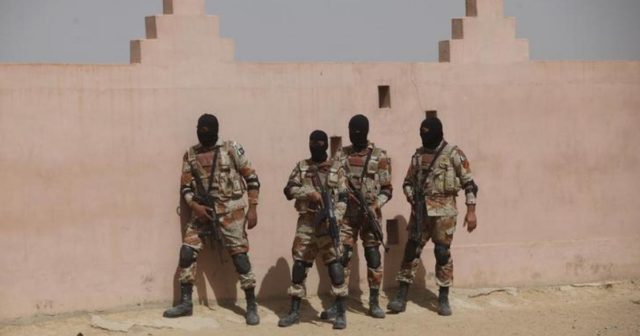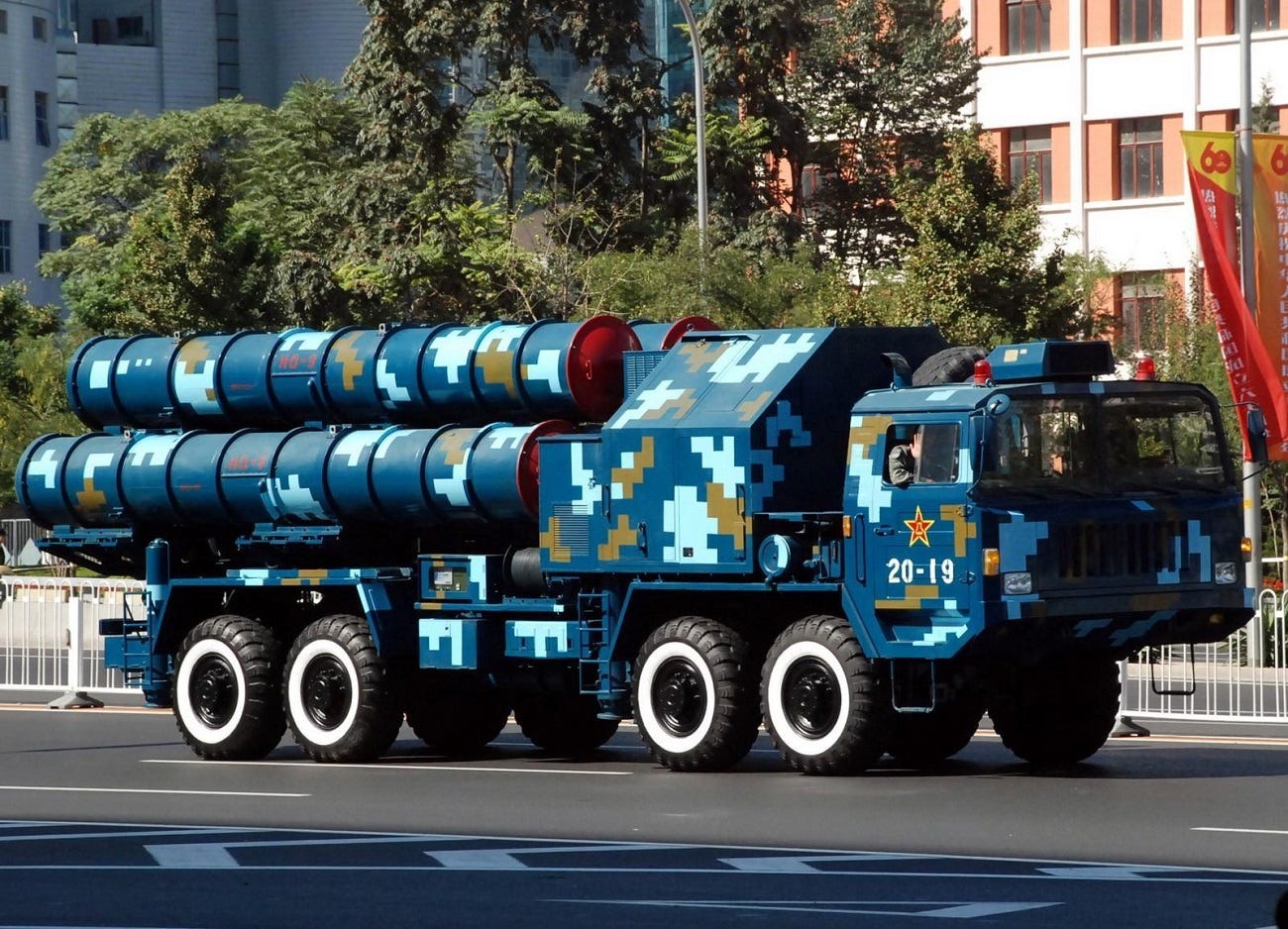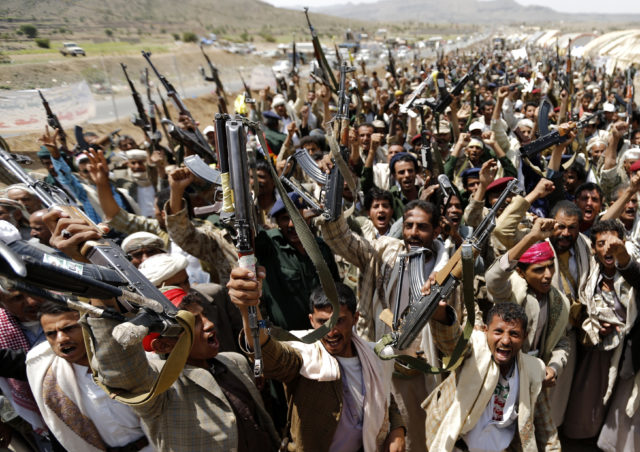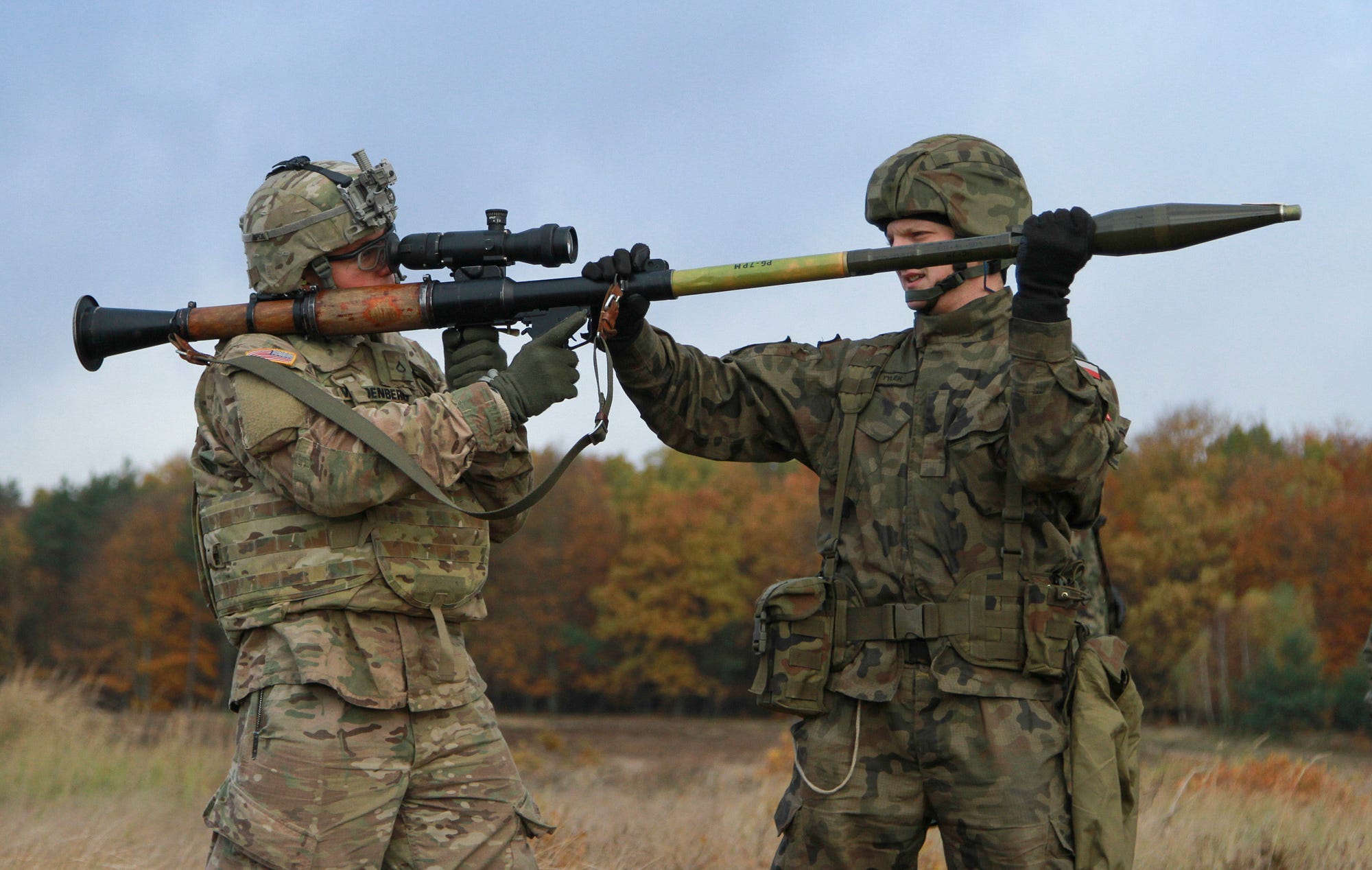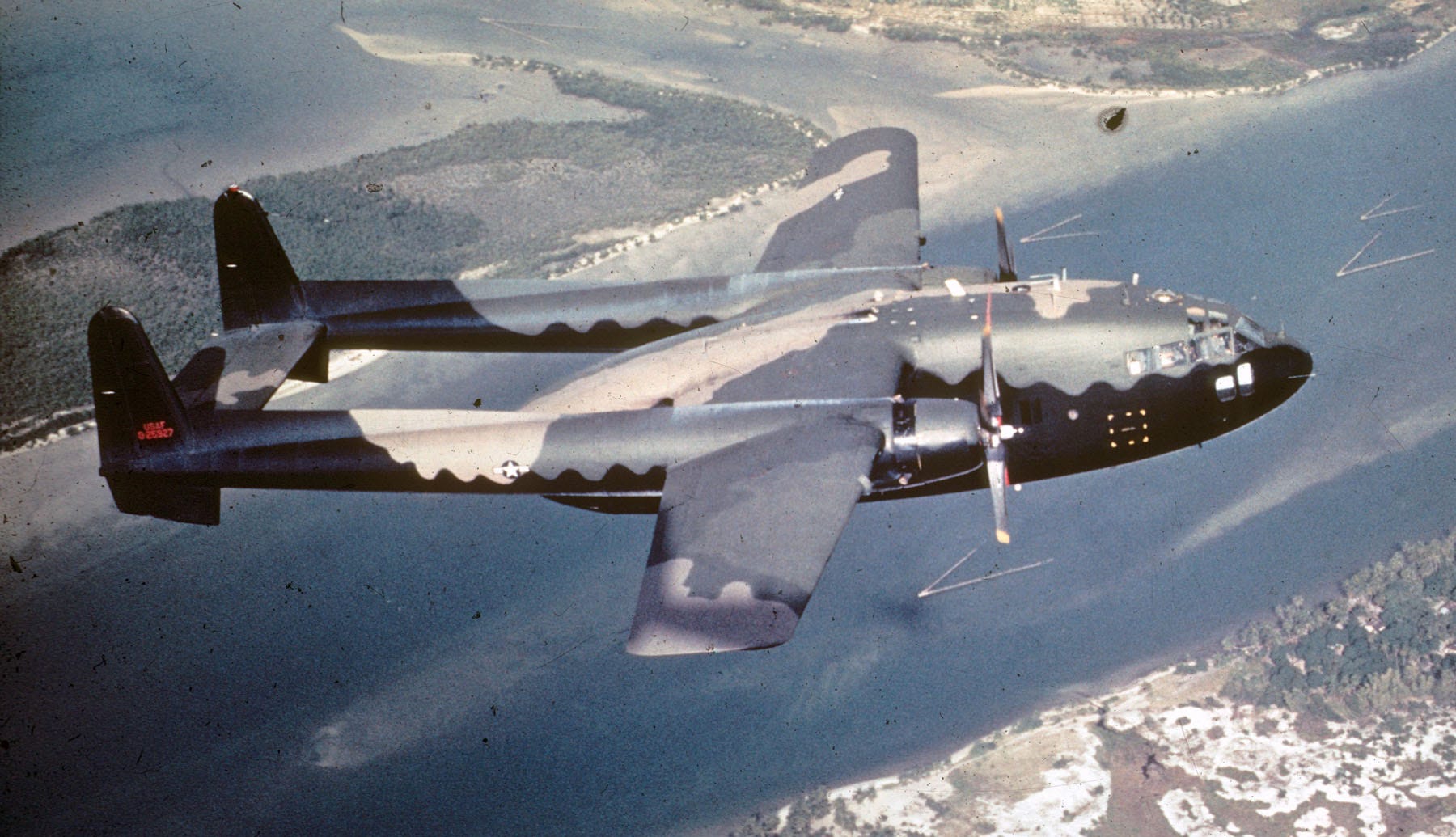Shashi Shekhar
 Let me begin with a disclaimer. I am writing this piece not with the credentials of an economist, but as the representative of the man on the street gripped by anxiety.
Let me begin with a disclaimer. I am writing this piece not with the credentials of an economist, but as the representative of the man on the street gripped by anxiety.
Prime Minister Narendra Modi’s decision to ban Rs1,000 and Rs500 currency notes has turned people’s lives topsy-turvy. The market systems that were used to following a conventional path have been forced to tread a road less travelled.
This turmoil was expected, but a matter of relief is that the people’s unrest hasn’t yet been expressed through extreme means anywhere in the country. Should we assume that the people born and bred in India are tolerant? Are they prepared to face every circumstance, whether it is a foreign invasion or any other emergency? To assume this will be to insult them. This is the India of the 21st century that has achieved the distinction of evolving from a poor, colonized nation to a rapidly emerging economy in just six-and-a-half decades. Whatever happens, we Indians never let the flame of hope be snuffed out.



